I have a circuit like this:
12V/2A DC input. A small blue LED with a 2.2k resistor in series. A powerful electromagnet with ~40ohm resistance in parallel. It is possible the electromagnet has more components on the inside. When I turn the switch on the LED shines for a second or so and then turns off/dies. I don't see how that's possible with a series resistance this high.
What should I do to have the LED light up at the same time as the magnet is attractive without dying?


